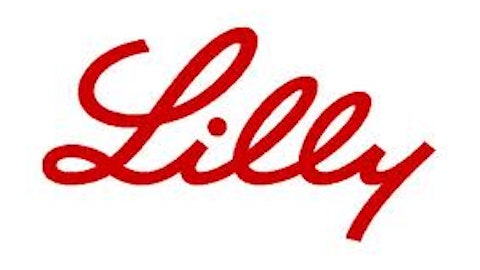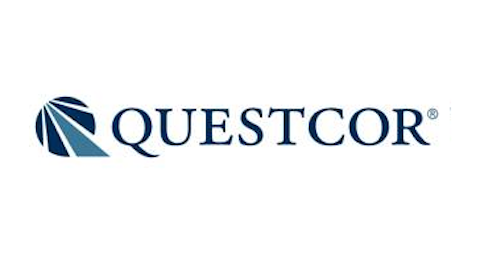Humira’s growth stems in no small part to new gastroenterology indications. AbbVie launched the drug as a treatment for ulcerative colitis in the U.S. following regulatory approval last September. The company also received Japanese approval for marketing Humira as a treatment for ulcerative colitis and intestinal Behcet’s disease.
3. Blue skies and dark clouds are both on the horizon.
There are definite bright spots for AbbVie outside of Humira. Several drugs achieved year-over-year sales growth of over 20% in the second quarter, including Synthroid, Creon, and Duodopa.
AbbVie’s most promising drug in its pipeline is its direct-acting antiviral combination with and without ribavirin regimen for treating the hepatitis C virus, or HCV. The company received Breakthrough Therapy designation for the HCV combo in May. Results from phase 3 clinical studies are expected by the end of 2013 and into early 2014.
However, AbbVie seems destined to trail rival Gilead Sciences, Inc. (NASDAQ:GILD) in reaching the market with its all-oral HCV regiment. Gilead Sciences, Inc. (NASDAQ:GILD) already submitted for regulatory approval in the U.S. The Food and Drug Administration is scheduled to announce its decision by Dec. 8.
Dark clouds can be found, as well. The biggest looming issue on the horizon is the loss of patent exclusivity for Humira in 2016. That’s a scary proposition for AbbVie, considering that the drug made up over 55% of total sales last quarter.
Several of the company’s back-bench drugs aren’t performing all that great. AndroGel, Lupron, Sevoflurane, and Tricor/Trilipix all experienced year-over-year sales declines in the second quarter. AbbVie’s second-highest drug in terms of sales, Kaletra, grew only 1.1% compared to the same period in 2012.
Still a buy?
All things considered, AbbVie still looks to be a buy in my view — for now. The clock is ticking for Humira, but patent protection remains in place for the next few years. Humira seems probably to continue powering sales for AbbVie in the meantime.
In several respects, AbbVie shares are more attractive than its parent company, Abbott Labs. Abbvie claims a higher dividend yield of 3.6% compared to Abbott’s 1.6%. And it boasts higher growth rates than its parent.
The jury is still out on AbbVie’s future after 2016, though. If you’re an investor who prefers to buy and hold for the long term, this stock probably isn’t for you. However, if you don’t mind shorter term investments with the potential for profits, buying some shares in this seven-month-old company could be a good step.
The article 3 Things You Need to Know From AbbVie’s Q2 Earnings originally appeared on Fool.com is written by Keith Speights.
Fool contributor Keith Speights has no position in any stocks mentioned. The Motley Fool recommends Gilead Sciences.
Copyright © 1995 – 2013 The Motley Fool, LLC. All rights reserved. The Motley Fool has a disclosure policy.



